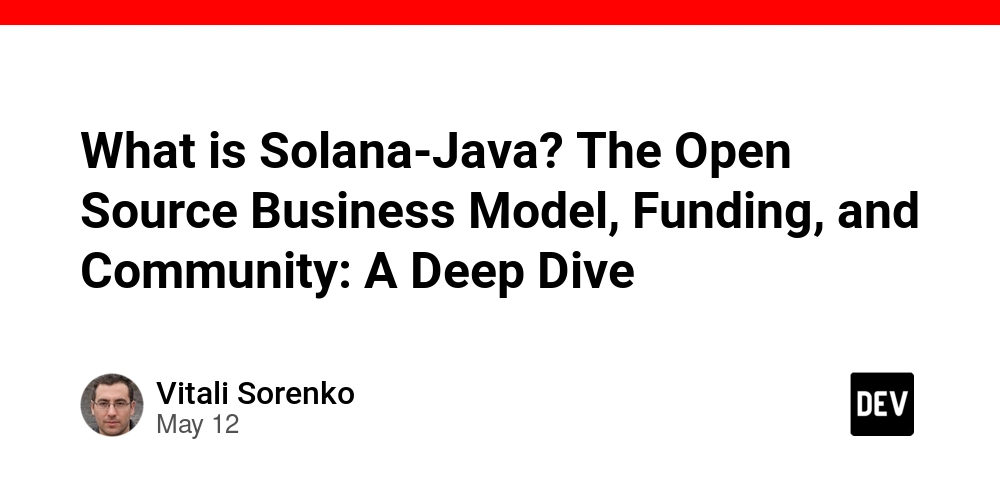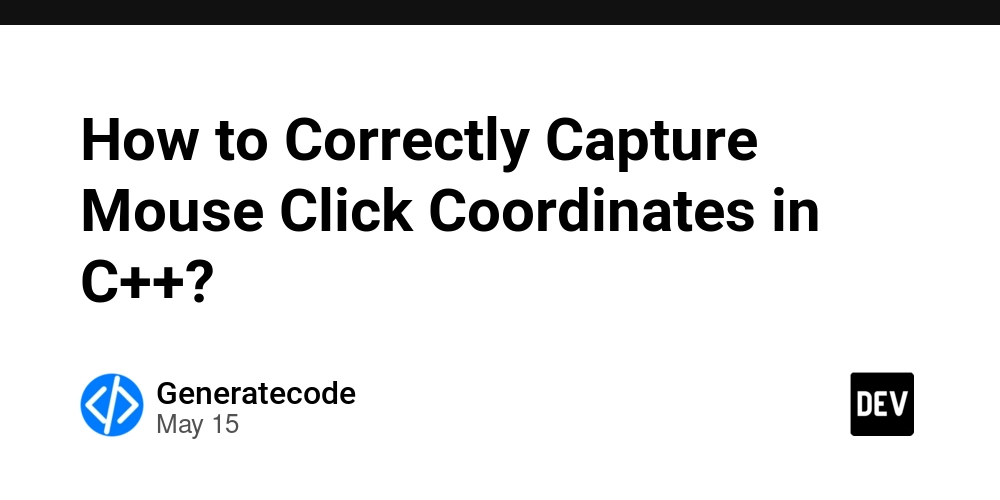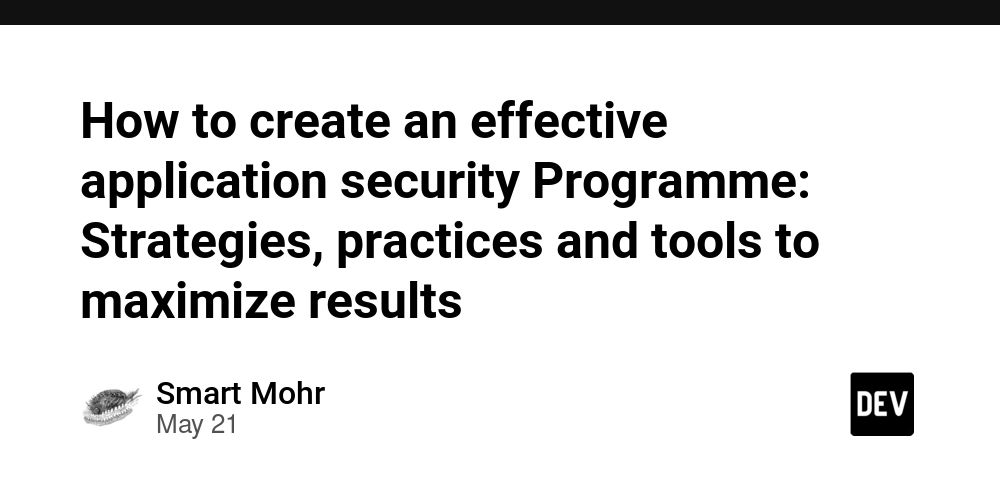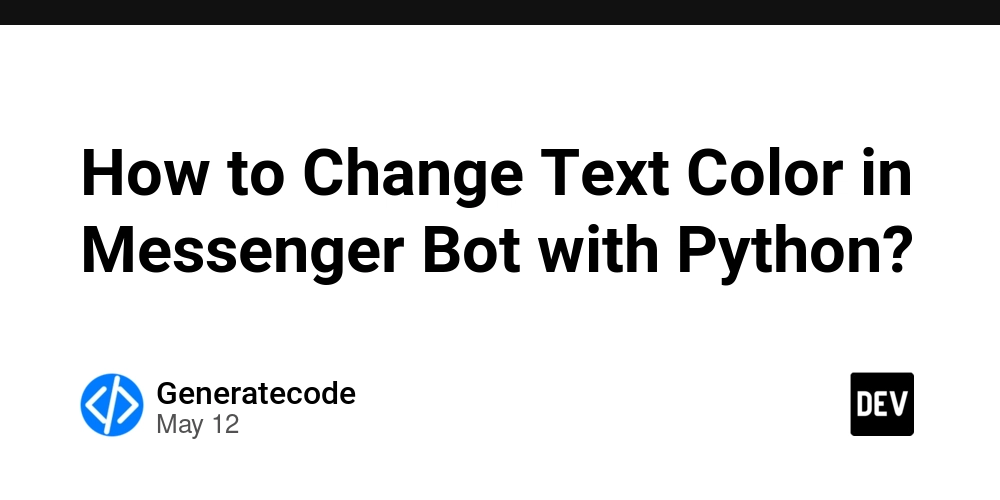What is Solana-Java? The Open Source Business Model, Funding, and Community: A Deep Dive
Abstract This post explores the dynamic ecosystem of Solana-Java, a high-performance Java library for interacting with Solana’s blockchain. We delve into its open source business model, diversified funding strategies, and vibrant community engagement. By examining its Apache 2.0 licensing benefits, comparing it with related projects, and discussing real-world applications, this article provides technical insights and strategic guidance for developers, investors, and innovators looking to harness modern blockchain technology. Introduction Solana-Java is more than just a blockchain library. It’s a modern tool designed to simplify the integration with Solana’s high-performance network. As blockchain technology continues evolving, open source projects like Solana-Java set benchmarks for sustainable funding, community collaboration, and agile software development. This post covers its core features, funding models, licensing intricacies, and future outlook—all while maintaining clear, accessible language for technical enthusiasts and developers. Background and Context The Emergence of Blockchain Libraries Blockchain libraries have transformed vastly since the early days of Bitcoin and Ethereum. Today’s solutions focus on efficient API integration, secure transaction management, and seamless smart contract interaction. Solana-Java exemplifies this evolution, harnessing Java's robust ecosystem to connect developers with Solana’s high-performance blockchain. Ecosystem Integration Solana is known for its blockchain performance, supporting thousands of transactions per second. Solana-Java is natively integrated into this ecosystem, making it a preferred choice for developers developing decentralized applications (dApps). Its community-driven development model and emphasis on transparency are enhanced by modern open source funding channels. For more detailed insights on the Solana ecosystem, visit Solana’s official website. Open Source Licensing with Apache 2.0 Operating under the Apache 2.0 license, Solana-Java enjoys wide adoption due to its permissive nature. The Apache 2.0 license allows modification, redistribution, and commercial usage—all while providing legal clarity and protection. Additional benefits include considerable patent grants and attribution requirements, which help mitigate legal risks typically associated with open source software. Learn more about licensing advantages by checking out Best Open Source License. Core Concepts and Features Key Features of Solana-Java Solana-Java’s design is founded on modern open source principles. Its core features include: High-Performance API Integration: Designed to handle thousands of transactions per second reliably. Secure Transaction Management: Provides secure transaction signing and robust account management. Smart Contract Interaction: Simplifies the development and integration of dApps. Community-Driven Enhancements: Leveraging contributions from developers across the globe. Funding Models and Business Strategies Historically, open source projects relied on sporadic donations and grants. Today, innovative funding strategies empower projects like Solana-Java through: Community Contributions: Direct financial support via platforms such as GitHub Sponsors. Venture Capital Investments: Ensuring long-term sustainability and the capacity for major feature developments. Tokenization and DeFi-Based Sponsorships: Using blockchain-based funding models and NFTs to create a transparent and democratic funding ecosystem. A modern table summarizing funding approaches is presented below: Funding Approach Description Example Platforms Community Contributions Micro-investments and direct donations GitHub Sponsors, decentralized funding platforms Venture Capital & Institutional Financial backing ensuring major feature developments Traditional VC firms, blockchain-specific investors Tokenization/DeFi Sponsorships Innovative NFT-based sponsorships providing asset-backed rewards NFT sponsorship models on How to Sponsor on GitHub Community Dynamics and Developer Engagement The vibrant community around Solana-Java is evident in its hackathons, meetups, and collaborative online forums. This community-driven spirit ensures: Continuous Code Improvements: Regular code reviews and collaborative enhancements. Robust Documentation: Detailed resources that help newcomers and seasoned developers alike. Global Collaboration: Cross-border contributions, ensuring a rich mixture of perspectives and expertise. Key community initiatives include: Developer meetups and hackathons to inspire rapid project prototyping. Online forums for issue tracking, public code reviews, and knowledge sharing. Sponsorship programs that reward innovative contributions, often coordinated via platforms like How to Sponsor on GitHub. Applic

Abstract
This post explores the dynamic ecosystem of Solana-Java, a high-performance Java library for interacting with Solana’s blockchain. We delve into its open source business model, diversified funding strategies, and vibrant community engagement. By examining its Apache 2.0 licensing benefits, comparing it with related projects, and discussing real-world applications, this article provides technical insights and strategic guidance for developers, investors, and innovators looking to harness modern blockchain technology.
Introduction
Solana-Java is more than just a blockchain library. It’s a modern tool designed to simplify the integration with Solana’s high-performance network. As blockchain technology continues evolving, open source projects like Solana-Java set benchmarks for sustainable funding, community collaboration, and agile software development. This post covers its core features, funding models, licensing intricacies, and future outlook—all while maintaining clear, accessible language for technical enthusiasts and developers.
Background and Context
The Emergence of Blockchain Libraries
Blockchain libraries have transformed vastly since the early days of Bitcoin and Ethereum. Today’s solutions focus on efficient API integration, secure transaction management, and seamless smart contract interaction. Solana-Java exemplifies this evolution, harnessing Java's robust ecosystem to connect developers with Solana’s high-performance blockchain.
Ecosystem Integration
Solana is known for its blockchain performance, supporting thousands of transactions per second. Solana-Java is natively integrated into this ecosystem, making it a preferred choice for developers developing decentralized applications (dApps). Its community-driven development model and emphasis on transparency are enhanced by modern open source funding channels. For more detailed insights on the Solana ecosystem, visit Solana’s official website.
Open Source Licensing with Apache 2.0
Operating under the Apache 2.0 license, Solana-Java enjoys wide adoption due to its permissive nature. The Apache 2.0 license allows modification, redistribution, and commercial usage—all while providing legal clarity and protection. Additional benefits include considerable patent grants and attribution requirements, which help mitigate legal risks typically associated with open source software. Learn more about licensing advantages by checking out Best Open Source License.
Core Concepts and Features
Key Features of Solana-Java
Solana-Java’s design is founded on modern open source principles. Its core features include:
- High-Performance API Integration: Designed to handle thousands of transactions per second reliably.
- Secure Transaction Management: Provides secure transaction signing and robust account management.
- Smart Contract Interaction: Simplifies the development and integration of dApps.
- Community-Driven Enhancements: Leveraging contributions from developers across the globe.
Funding Models and Business Strategies
Historically, open source projects relied on sporadic donations and grants. Today, innovative funding strategies empower projects like Solana-Java through:
- Community Contributions: Direct financial support via platforms such as GitHub Sponsors.
- Venture Capital Investments: Ensuring long-term sustainability and the capacity for major feature developments.
- Tokenization and DeFi-Based Sponsorships: Using blockchain-based funding models and NFTs to create a transparent and democratic funding ecosystem.
A modern table summarizing funding approaches is presented below:
| Funding Approach | Description | Example Platforms |
|---|---|---|
| Community Contributions | Micro-investments and direct donations | GitHub Sponsors, decentralized funding platforms |
| Venture Capital & Institutional | Financial backing ensuring major feature developments | Traditional VC firms, blockchain-specific investors |
| Tokenization/DeFi Sponsorships | Innovative NFT-based sponsorships providing asset-backed rewards | NFT sponsorship models on How to Sponsor on GitHub |
Community Dynamics and Developer Engagement
The vibrant community around Solana-Java is evident in its hackathons, meetups, and collaborative online forums. This community-driven spirit ensures:
- Continuous Code Improvements: Regular code reviews and collaborative enhancements.
- Robust Documentation: Detailed resources that help newcomers and seasoned developers alike.
- Global Collaboration: Cross-border contributions, ensuring a rich mixture of perspectives and expertise.
Key community initiatives include:
- Developer meetups and hackathons to inspire rapid project prototyping.
- Online forums for issue tracking, public code reviews, and knowledge sharing.
- Sponsorship programs that reward innovative contributions, often coordinated via platforms like How to Sponsor on GitHub.
Applications and Use Cases
Practical Example 1: Decentralized Finance Applications
Solana-Java plays a crucial role in enabling decentralized finance (DeFi) applications. For instance, developers can quickly integrate functionalities like token transfers or smart contract calls to build new DeFi platforms. The library’s efficiency and performance are essential for handling a high volume of financial transactions.
Practical Example 2: dApp Development for High-Throughput Needs
dApps requiring ultra-fast execution, such as gaming dApps and NFT marketplaces, benefit from Solana-Java’s high-throughput performance. Projects similar to Solana-Solstars NFT Collection showcase the library’s utility in building responsive and scalable digital environments.
Practical Example 3: Enhancing Security in Decentralized Systems
With increasing concerns over security in blockchain ecosystems, Solana-Java integrates advanced security practices. By ensuring transaction integrity and secure account management, it provides a robust foundation for applications sensitive to cyber threats—a necessity in today's digital economy.
Bullet List of Common Use Cases:
- Token exchanges and DeFi platforms
- High-frequency transaction processing for gaming and NFTs
- Secure decentralized identity and account management
Challenges and Limitations
Technical Hurdles
Despite its robust design, Solana-Java faces several technical challenges:
- Integration Complexity: Adapting the library to evolving blockchain protocols may require frequent updates.
- Security Audits: Ensuring the continual safety of the library’s codebase involves rigorous monitoring and frequent audits.
- Scalability Concerns: As the number of users increases, providing consistent performance while managing higher transaction volumes remains challenging.
Adoption Barriers
Wider adoption of Solana-Java can be hindered by:
- Onboarding New Developers: Although extensive documentation exists, the learning curve for blockchain technology can still be steep.
- Funding Uncertainties: Even with diversified funding strategies, maintaining consistent financial support for continuous development is an ongoing challenge.
- Legal and Regulatory Uncertainties: Evolving global regulations around blockchain technology may impact how open source projects are governed.
For further reading on challenges related to open source funding and blockchain scalability, refer to articles like Blockchain Scalability Solutions.
Future Outlook and Innovations
Scaling and Performance Enhancements
As Solana’s network grows, improvements in the Solana-Java library are expected. Future updates may include:
- Enhanced Transaction Efficiency: Optimizing APIs to handle even larger transaction volumes with lower latency.
- Integration with Emerging Cryptographic Standards: Including zero-knowledge proofs and advanced encryption technologies to bolster security measures.
- Cross-Chain Integrations: Facilitating interoperability with other blockchains, thereby widening the potential user base and application scope.
Community-Driven Innovations
The future success of Solana-Java lies in its dynamic global community. Anticipated directions include:
- Decentralized Governance Models: Empowering community members to guide and influence the project’s roadmap.
- Advanced Documentation and Tutorials: Fostering a more inclusive environment for developers at all levels.
- Integration with NFT-Based Funding Tools: Allowing contributors to receive tokenized rewards as recognition for their valuable contributions.
Predictive Trends
- Blockchain Tokenization: The trend towards tokenizing open source projects will likely expand, providing additional incentives for contributions.
- Increased Institutional Investment: More venture capital and institutional support may further stabilize the funding model for projects like Solana-Java.
- Expanded Use Cases in DeFi and Beyond: As blockchain adoption grows, we may see Solana-Java applied in new domains like healthcare, digital identity, and secure supply chain management.
For further insights on innovative funding and licensing models, check out articles such as Exploring Open Source Project Sponsorship Opportunities Enhancing Innovation with Blockchain.
Summary
Solana-Java represents a pivotal example of modern blockchain technology combined with innovative open source business strategies. Its integration with the high-performance Solana ecosystem, secure Apache 2.0 licensing, and a robust open source funding model make it an essential tool for developers and technical stakeholders.
Key Points Summarized:
- High Performance: Solana-Java is optimized for high-throughput transactions, making it ideal for dApp development.
- Open Source Model: Licensing under Apache 2.0 encourages broad adoption and secure innovation.
- Diverse Funding: A mix of community contributions, venture capital, and tokenization ensures sustainable project growth.
- Community Engagement: Developer meetups, hackathons, and tutorial-rich documentation foster global collaboration and continuous improvement.
- Future Innovations: Upcoming enhancements focus on scalability, security, and cross-chain interoperability.
Final Thoughts
The evolution of Solana-Java is a testament to how open source projects can successfully merge technical excellence with sustainable business practices. By leveraging modern funding models, robust security features, and a thriving developer community, Solana-Java is well-positioned to drive innovation in the blockchain space.
As decentralized applications continue to reshape industries ranging from finance to digital art, developers and stakeholders have much to gain by exploring libraries like Solana-Java. Whether you are an indie hacker, a blockchain entrepreneur, or an institutional investor, understanding the mechanics of projects like Solana-Java—as well as the evolving funding, technological, and community trends—offers a window into the future of open source software development.
For more detailed discussions on funding and open source strategies, consider reading Pitching Your Blockchain Project: Steps to Success and Open Source Licensing Tips for Indie Hackers: A Guide to Navigating the Maze.
Additional Resources:
- Learn more about Solana’s innovative approach at Solana.com.
- Explore GitHub’s sponsorship model at GitHub Sponsors.
- For practical insights on securing open source careers, visit How to Sponsor on GitHub.
By staying informed and engaged, the community ensures that innovations like Solana-Java continue not only to scale technologically but also to redefine sustainable open source funding models in a rapidly evolving digital landscape.
This comprehensive deep dive illustrates that Solana-Java is more than an API library—it is a collaborative, evolving ecosystem built on technical excellence, innovative funding methodologies, and a commitment to open source principles. Embracing both established and groundbreaking strategies, Solana-Java continues to pave the way for the next generation of blockchain applications, serving as a blueprint for projects worldwide.
Whether you are directly involved in blockchain development or simply interested in the new paradigms of open source sustainability, the journey of Solana-Java offers valuable insights into bridging complex technology with robust financial and community support structures. Explore, contribute, and join the conversation—the future of open source and blockchain innovation is waiting to be written.
Happy coding and innovating!











































































































































































![[The AI Show Episode 156]: AI Answers - Data Privacy, AI Roadmaps, Regulated Industries, Selling AI to the C-Suite & Change Management](https://www.marketingaiinstitute.com/hubfs/ep%20156%20cover.png)
![[The AI Show Episode 155]: The New Jobs AI Will Create, Amazon CEO: AI Will Cut Jobs, Your Brain on ChatGPT, Possible OpenAI-Microsoft Breakup & Veo 3 IP Issues](https://www.marketingaiinstitute.com/hubfs/ep%20155%20cover.png)


































































































































































































































































_incamerastock_Alamy.jpg?width=1280&auto=webp&quality=80&disable=upscale#)
_Brain_light_Alamy.jpg?width=1280&auto=webp&quality=80&disable=upscale#)






























































































![Nothing Phone (3) has a 50MP ‘periscope’ telephoto lens – here are the first samples [Gallery]](https://i0.wp.com/9to5google.com/wp-content/uploads/sites/4/2025/06/nothing-phone-3-telephoto.jpg?resize=1200%2C628&quality=82&strip=all&ssl=1)























































































